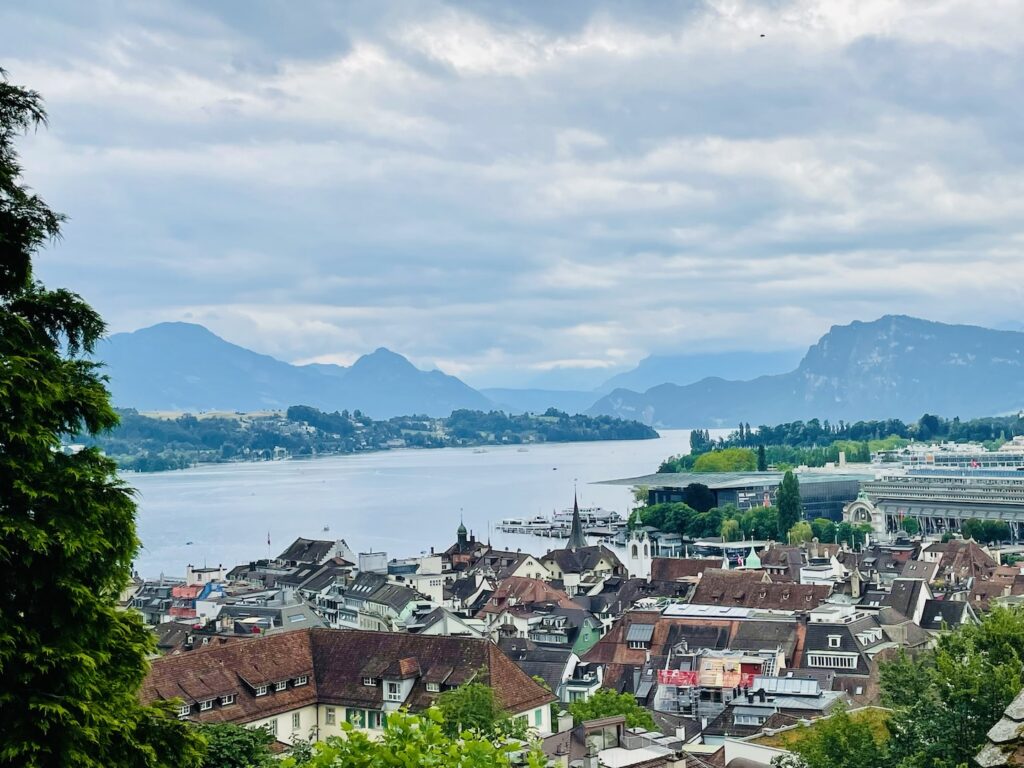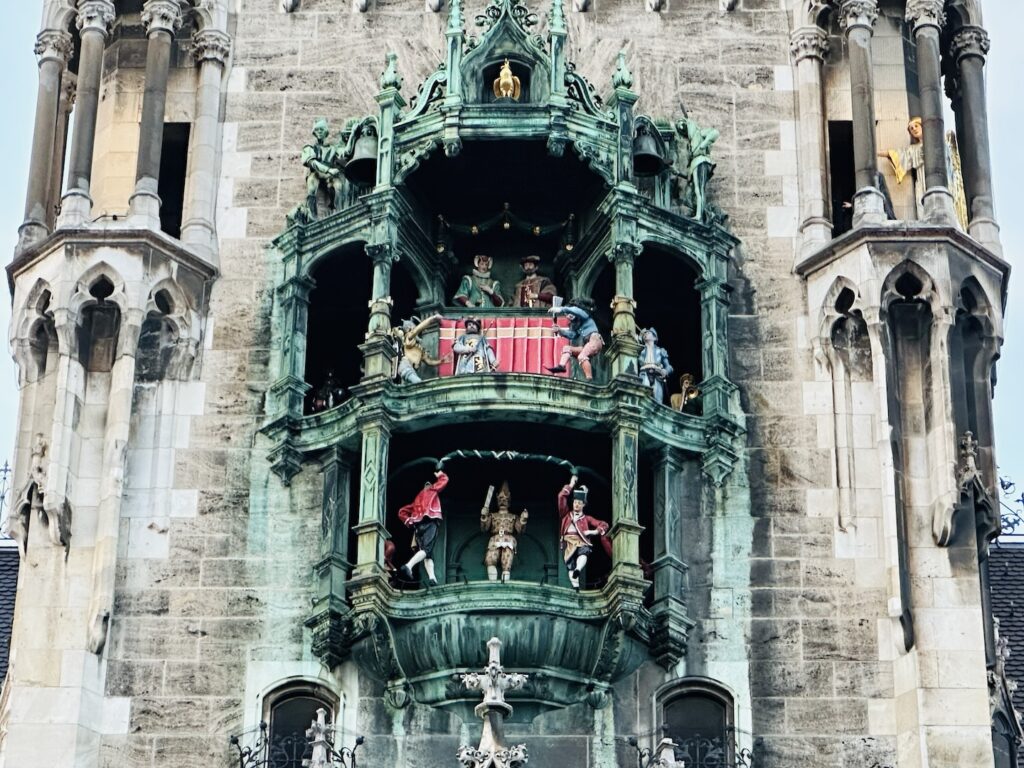Beautiful Bordeaux, a city in southwest France, is one of the top French destinations favored by travelers due to its lovely historic center, the surrounding vineyards in the famed Bordeaux wine region, and its proximity to the Atlantic Ocean coast – all attractive options to explore. The historical core is a UNESCO World Heritage Site boasting over 350 historical structures. The greater Bordeaux region (surrounding the city) is the second-largest wine protection area in the world. For centuries, Bordeaux has played a pivotal role in trade and commerce, and it continues to do so today. It’s also quite a popular tourist destination, and deservedly so. When my husband and I visited, we stayed at a lovely B&B in town, making it easy to walk to all the key sites on foot. One day, we rented a car to drive to Saint-Émilion, a charming village in a wine region – about an hour from Bordeaux. On another day, we took a guided tour of some area châteaux and vineyards.
1. Gates of Bordeaux
In medieval times, several arches served as entry points or gates into Bordeaux. Five are still standing: the iconic La Grosse Cloche and La Porte Cailhau in the center of Bordeaux, Porte d’Aquitaine on Place de la Victoire, Porte de Bourgogne by the river, and Porte Dijeaux at the western part of the historic center. The green stars on the map below show the location of these ancient landmarks.
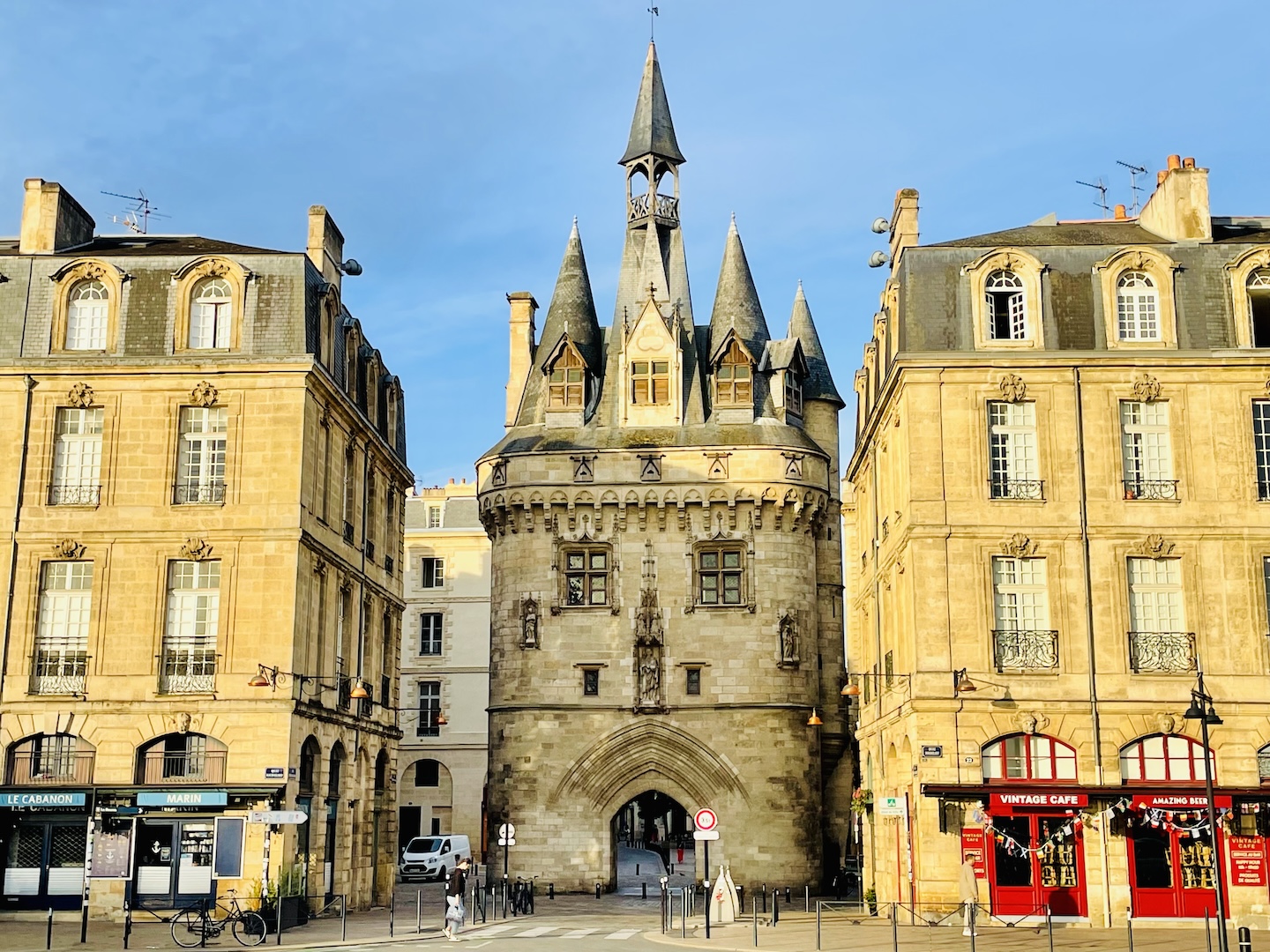
2. The Water Mirror at Place de la Bourse
The Water Mirror (Le Miroir d’Eau) is one of the main public attractions – and a popular photo op – for people of all ages. It’s an installation of about 2 cm of water on a gigantic marble slab in the Place de la Bourse, a large public square bordered by 18th-century buildings and the Garonne River. Place de la Bourse
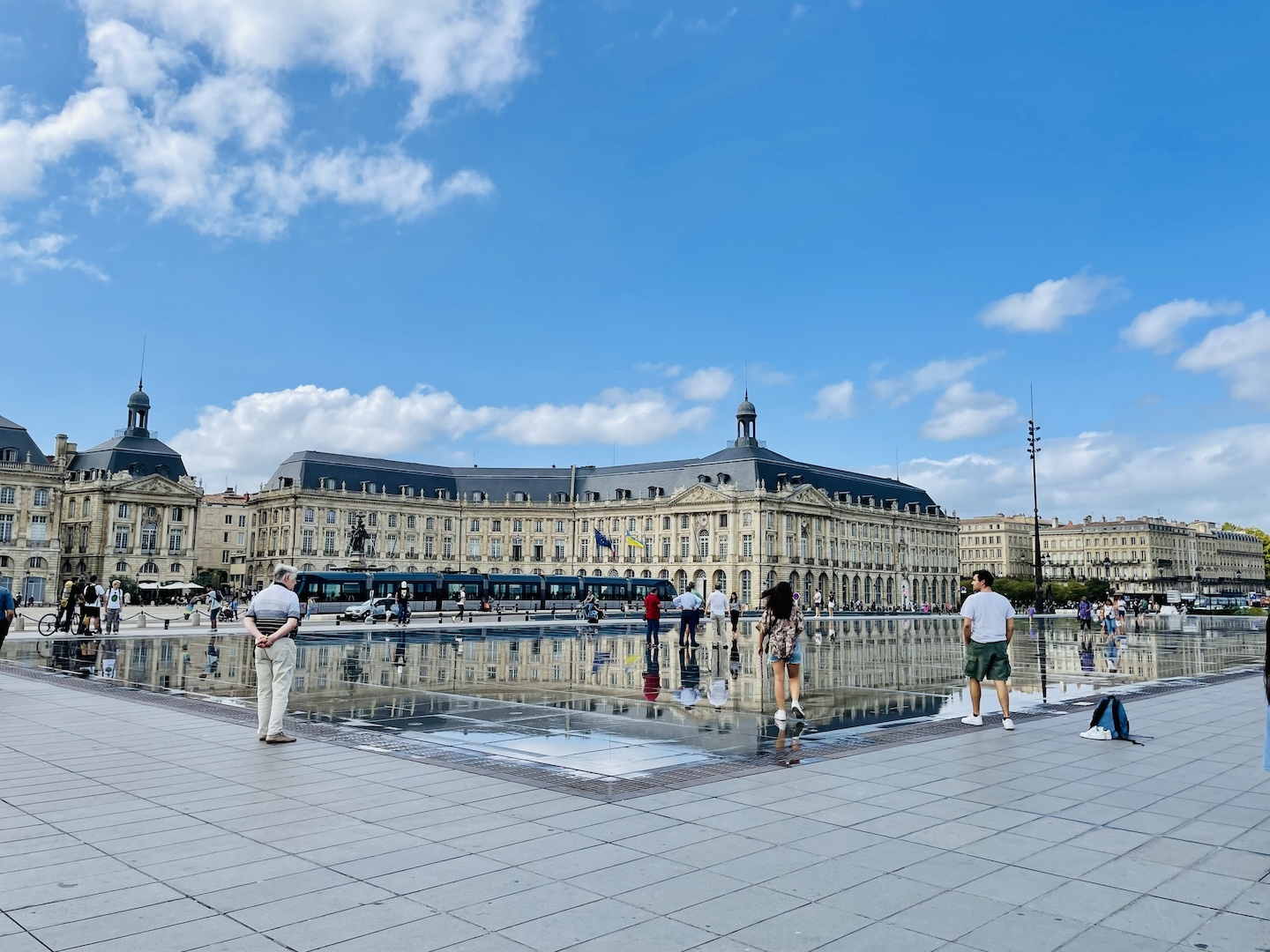
3. Le Grand Théâtre de Bordeaux (Opera House)
Located in the Place de la Comédie, the Opéra National de Bordeaux building is Neoclassical in style. A columned portico adorns the front of The Grand Théâtre. Each of the 12 Corinthian columns is crowned by stone statues representing goddesses and muses. There are a limited number of guided tours in English, so check online ahead of your visit to see if one is offered while you’re in town. Place de la Comédie
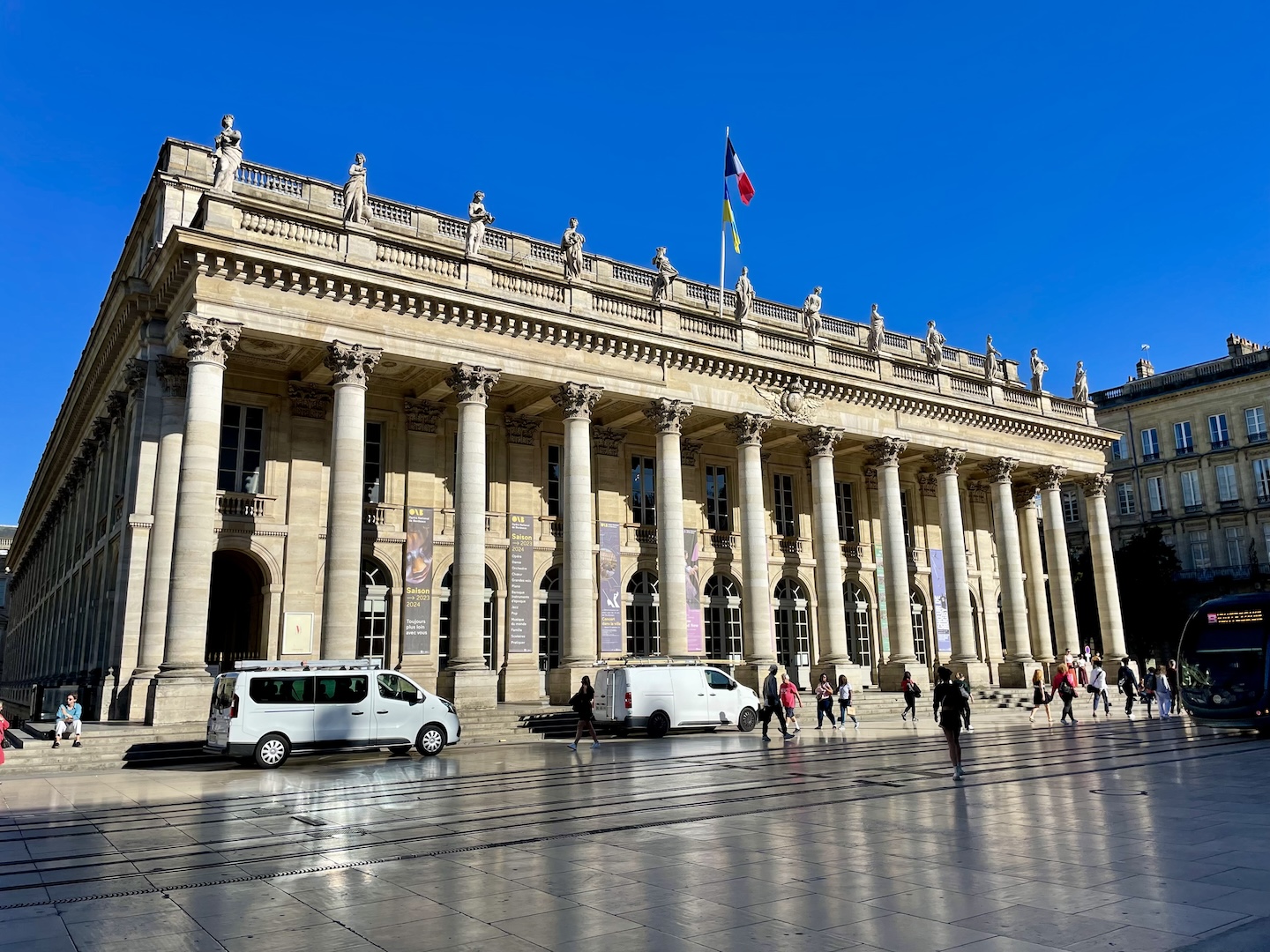
4. Cathédrale Saint-André de Bordeaux (Cathedral)
Cathédrale Saint-André de Bordeaux is a Roman Catholic church and the seat of the Archbishop of Bordeaux. It was the site of the marriage of Eleanor of Aquitaine to Louis VII in 1137 and the marriage of the Spanish Infanta Anna of Austria with Louis XIII in 1615. It was named a World Heritage Site in 1998, as it was an important stop along the pilgrimage route to Santiago di Compostela.
Located on the main square of Pey Berland, the cathedral is one of the most impressive monuments of Bordeaux and is considered a national monument of France. The Cathedral often hosts classical music concerts and an organ festival in the summer. Place Pey Berland | 05 56 44 67 29
Visitors can climb the 230+ steps in the adjacent Tower of Pey-Berland for stunning panoramic city views. It’s usually open from June to September, every day, 10:00 am to 1:15 pm and 2:00 pm to 6:00 pm; open from October to May, every day but Monday, from 10:00 am to 12:30 pm and 2:00 to 5:30 pm.
5. Pont de Pierre (19th Century Bridge)
Translated to “Stone Bridge” in English, Napoléon Bonaparte ordered this bridge to be built – the first bridge to span the Garonne River in Bordeaux. Construction was completed in 1822, and the bridge stretches about 1,600 feet/490 meters. Some claim that the 17 arches represent the number of letters in his name, but there’s no evidence of that. Walk across the bridge to take in a great view of the city. In the evening, catch a glimpse of the bridge festooned with lights – a dramatic view.
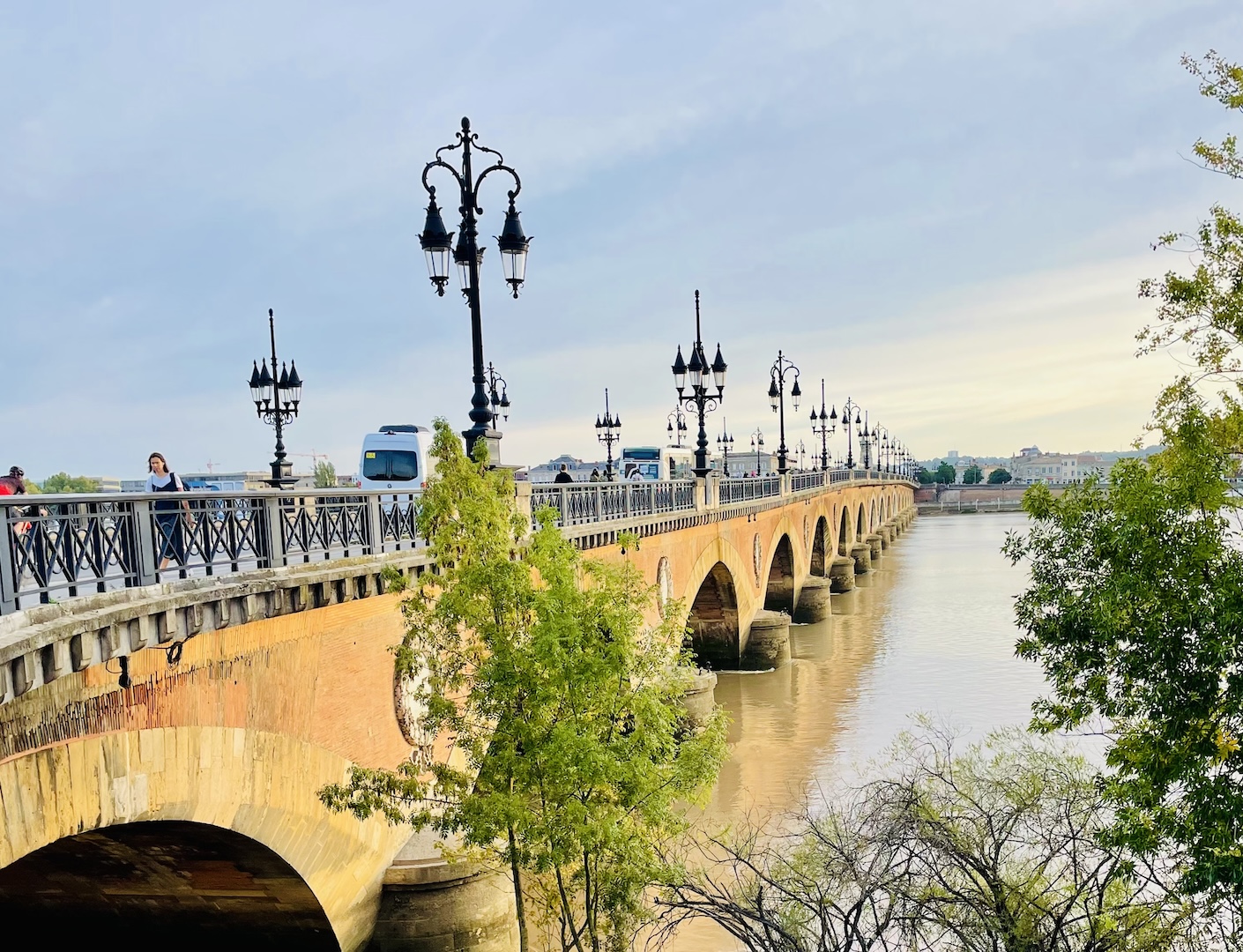
6. Pont Jacques Chaban Delmas (21st Century Bridge)
The Pont Jacques Chaban Delmas Bridge, built in 2013, spans the Garonne River and sits west of Pont de Pierre. At 252 feet/77 meters high, it is the tallest lift bridge in France. It works like an elevator, lifting each span to facilitate boat traffic.
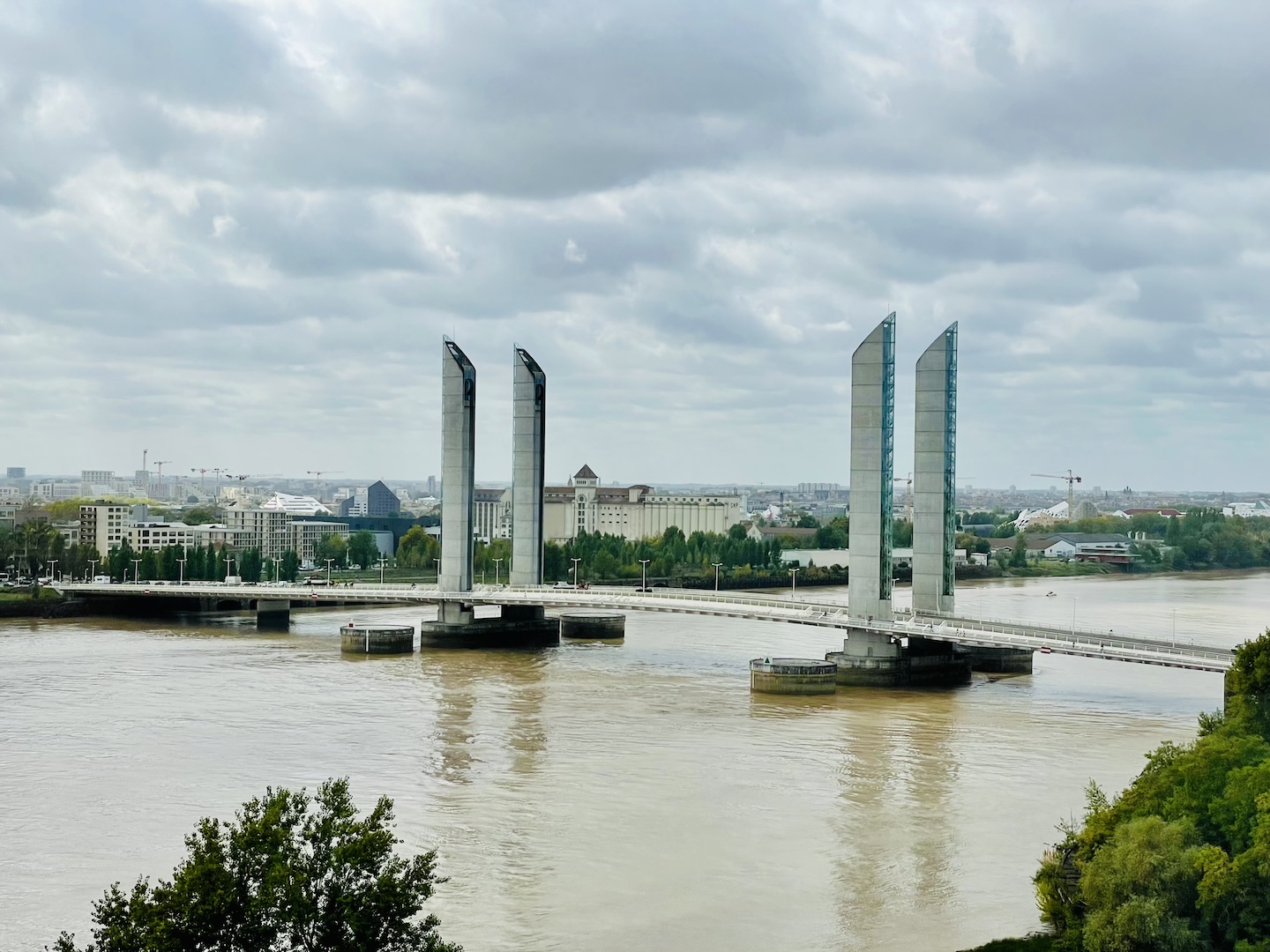
7. Cité du Vin (Modern Wine Museum)
Built in 2016, the Cité du Vin is a big draw for wine lovers. There are plenty of interactive exhibits, videos, and displays that chronicle just about anything related to wine, including The World of Wine, Terroirs of the World, The Vine, Winemaking, The Vine-Grower’s Year, Six Wine Families, The Gallery of Civilizations, The Bordeaux Vineyards, and The Epic Tale of Bordeaux. You could easily spend 2-3 hours going through the exhibits; the museum states they have nine hours of content! You’ll receive a digital device to navigate the various areas at your own pace.
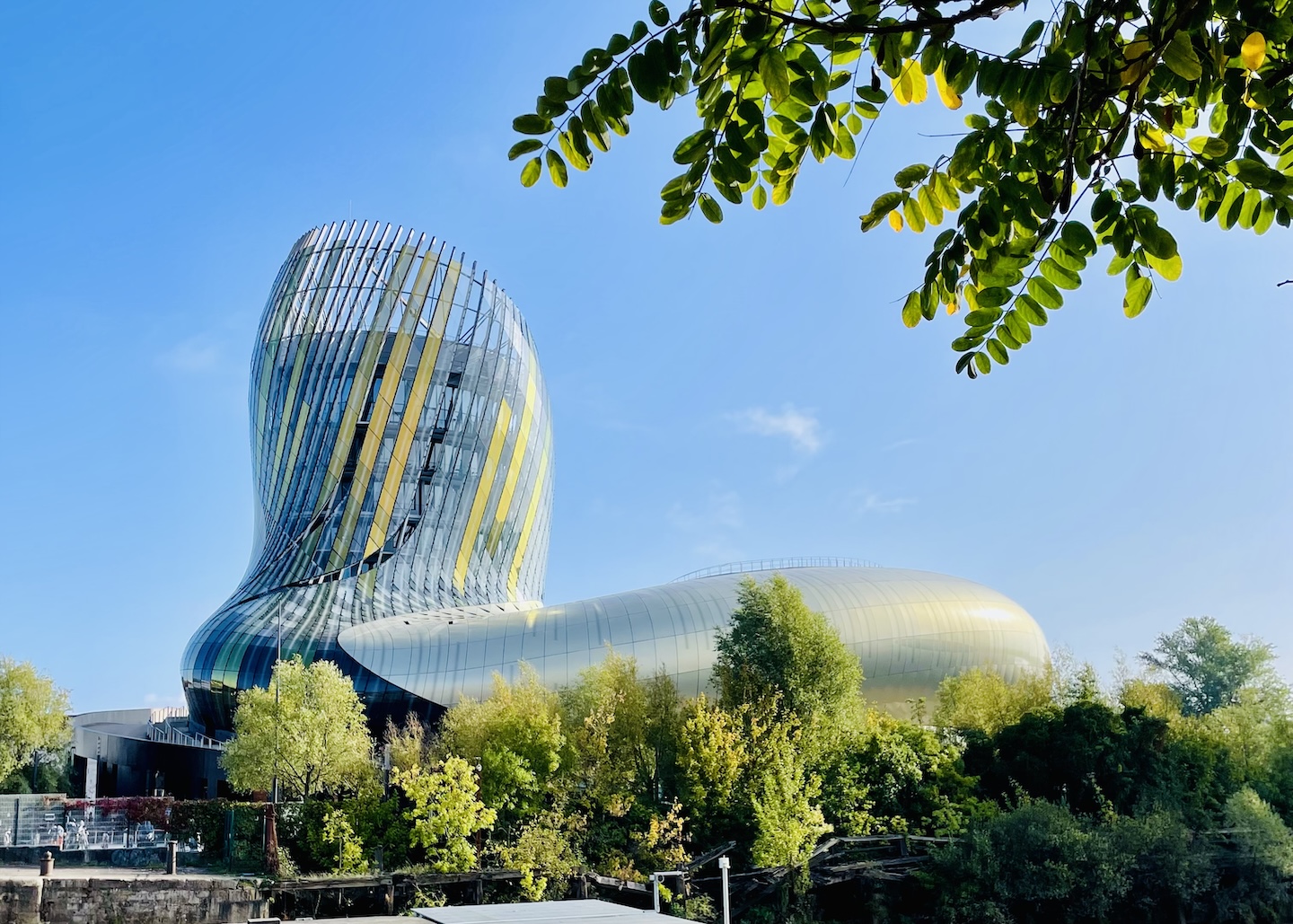
After visiting the main exhibit floors, head to the Belvedere on the eighth floor for a complimentary glass of wine and vast city views.
A restaurant with panoramic city views is on the seventh floor and is open for lunch daily and for dinner Thursday through Saturday. Also, check online if you’re interested in the museum’s wine-tasting workshop offerings in the afternoons and evenings.
The museum is open daily from March to November from 10:00 am to 7:00 pm; check hours for other months. It’s an easy walk along the river from the center of Bordeaux. We walked along the Quai de Bacalan (along the river) and passed shops and restaurants, some of which looked interesting and worth a stop. Esplanade de Pontac, 134 Quai de Bacalan
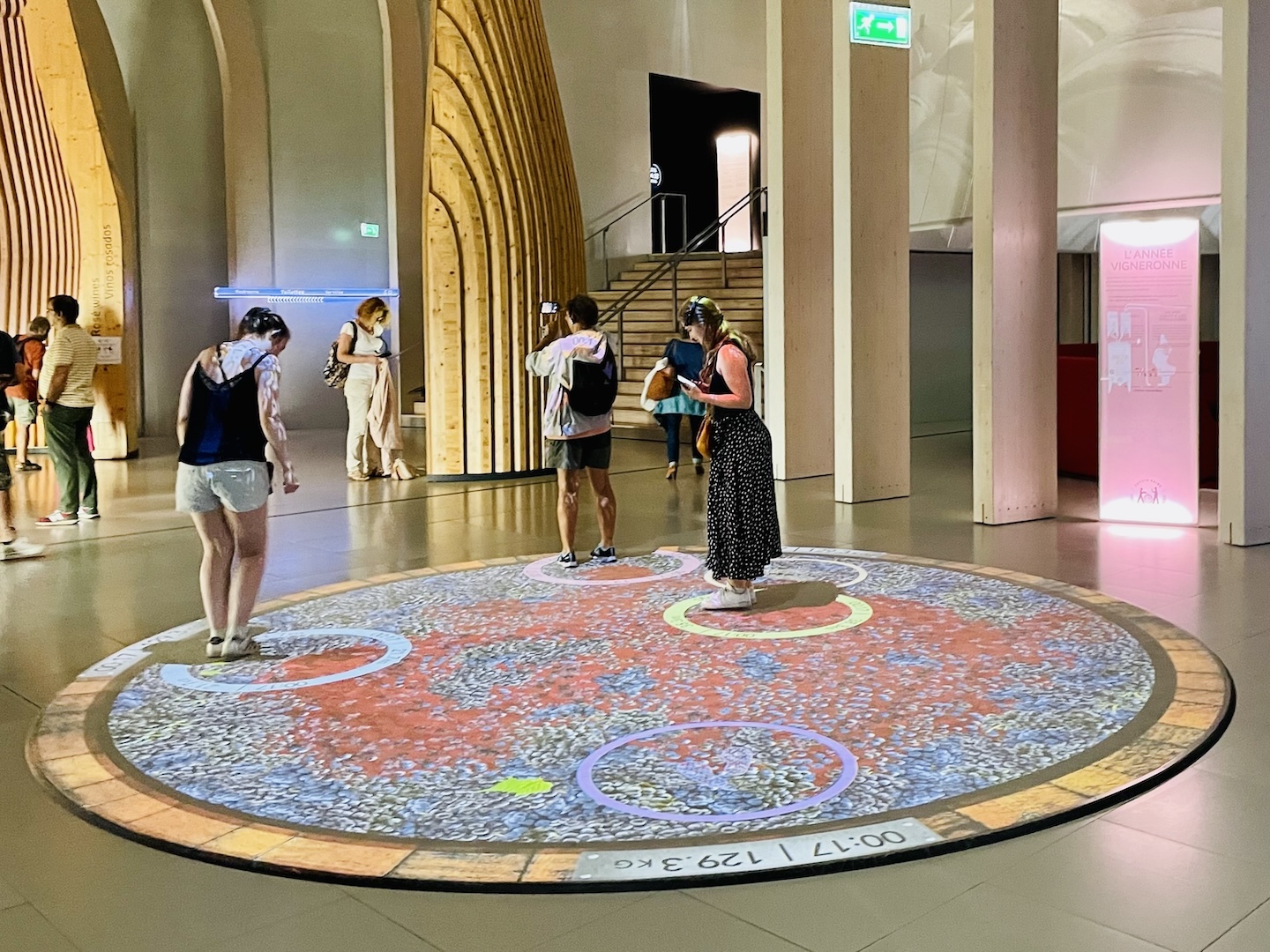
8. Les Halles de Bacalan (Food Court)
Directly across from the Cité du Vin museum is the Les Halles de Bacalan, a large venue featuring fresh meats, fish, cheese, salads — and a whole lot more. The food court features seating inside and out, so you can enjoy what you’ve chosen. Plus, there are several restaurants if you’d prefer to relax over a meal. After visiting the museum, we found this to be a relaxing place for lunch.
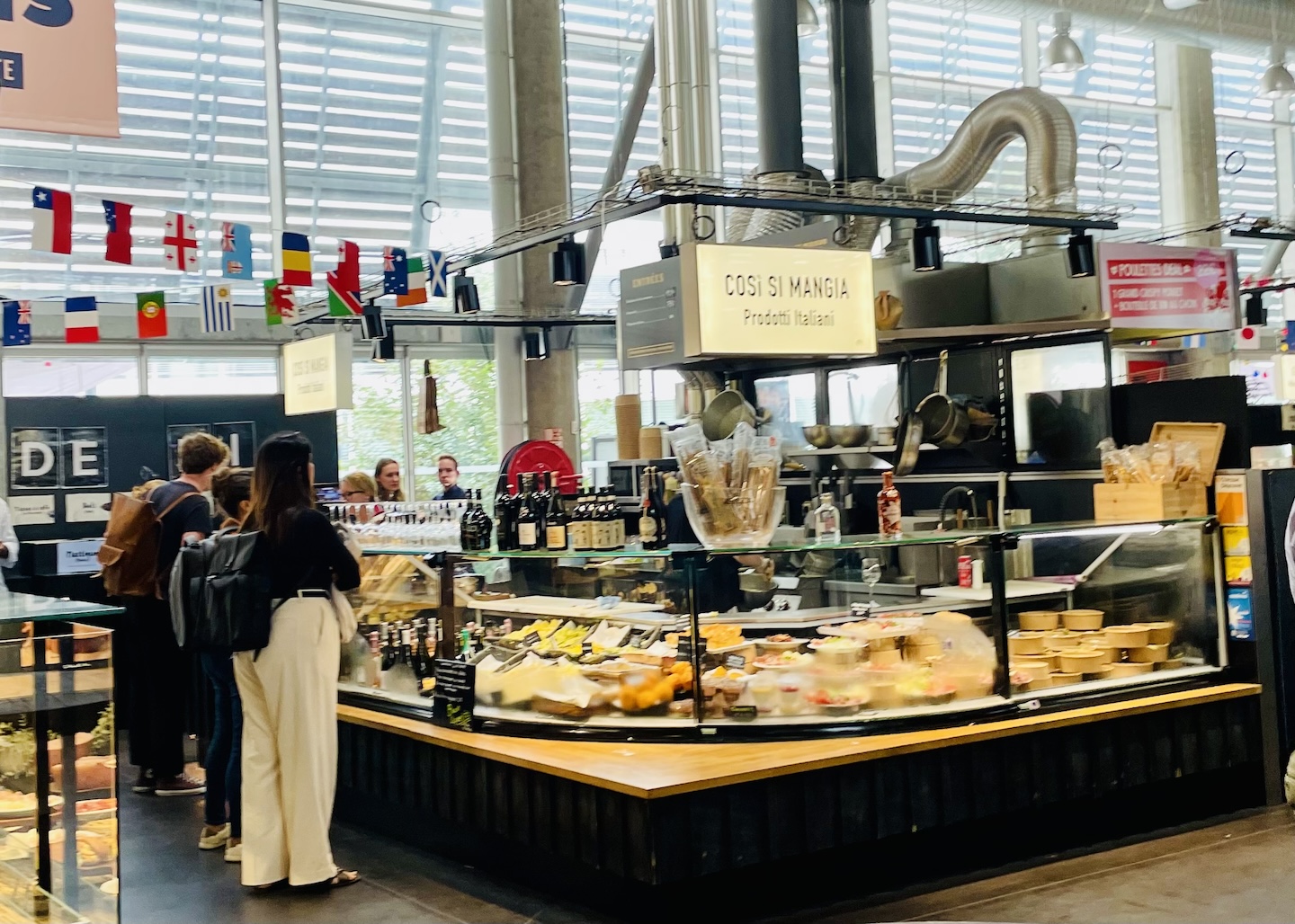
9. Bassins de Lumières (Digital Art Installation)
A huge digital art experience incorporating art, music, and lighting honoring the great artists of yesterday and today is housed in a former submarine base at Bassins de Lumières. Check online for current performances and to book your tickets. It’s located in the Bacalan District, close to Cité du Vin and Les Halles de Bacalan, a short walk or bus ride from downtown. Open daily. Impasse Brown de Colstoun | 05 35 00 00 90
10. Musée du Vin et du Négoce (History of Bordeaux Wine Museum)
Located in town, this wine museum focuses on the history of wine production in Bordeaux. When visiting Musée du Vin et du Négoce, you almost feel like you’ve traveled back in time with the number of artifacts you view. You’ll learn the detailed history of the growth of wine production in the region. For example, the Dutch taught the French in the 18th century how to use sulfur to asepticize wine barrels, enabling maturing wines in barrels. Another fun fact is how the region’s pastry specialty, the canelé, was born: from the discarded egg yolks that winemakers didn’t need after using egg whites to clarify their wine. Try a canelé while in town! It’s a fluted pastry made from egg yolks, flour, butter, salt, rum, and vanilla.
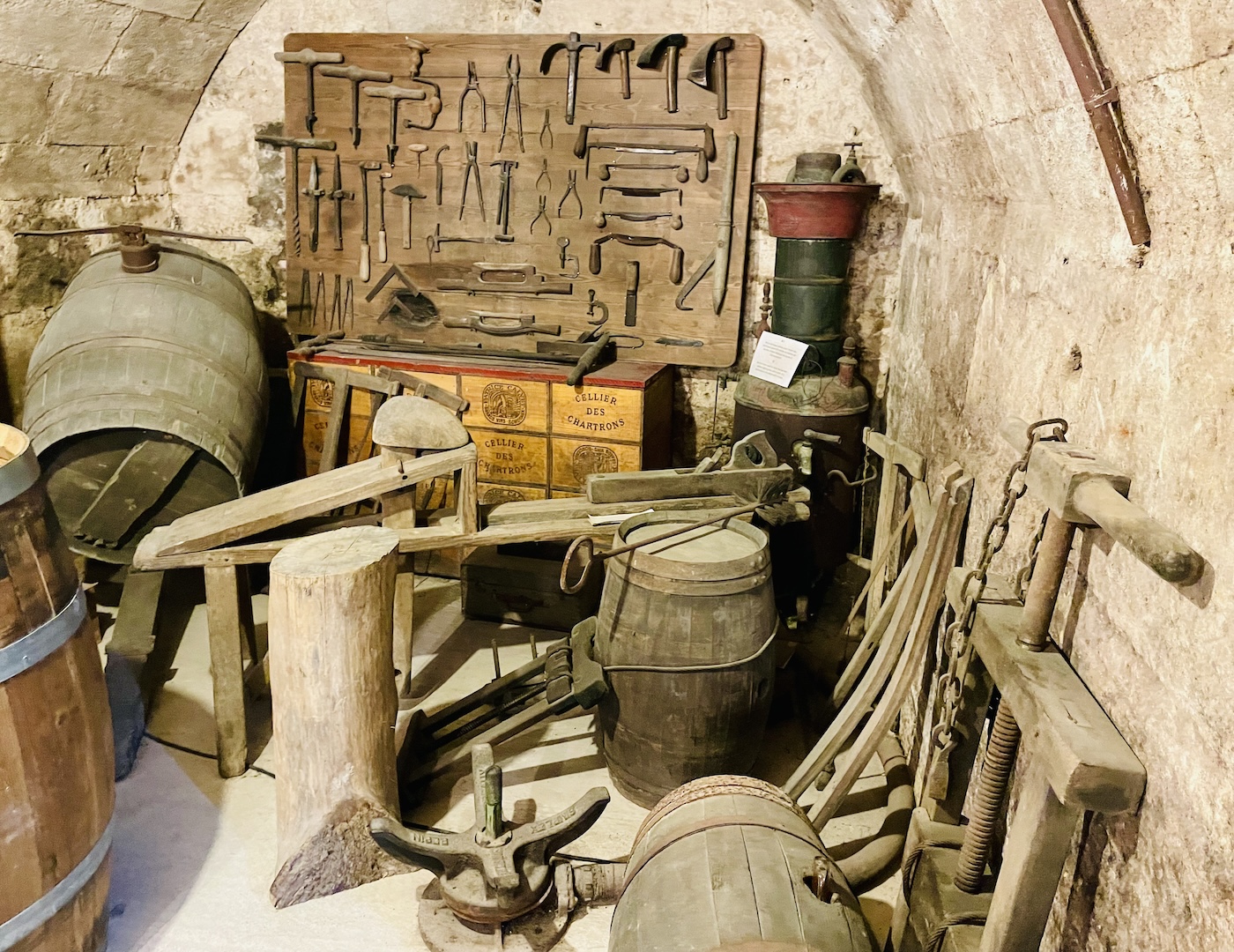
This is a decidedly low-tech way to present the material (as opposed to the modern Cité du Vin wine museum in town), but it is well done. Guided and self-guided tours are available, and each includes two guided tastings (someone provides excellent background information on each varietal). 41 rue Borie | 05 56 90 19 13
11. Jardin Public (Public Garden)
One of the oldest landscaped French parks (dating to the mid-18th century) sits in the heart of Bordeaux and is a perfect place for a walk, jog, picnic, or some quiet time while relaxing on a bench under a shade tree. This 27-acre/11-hectare green oasis has a playground, a carousel, and a restaurant. It’s gated and open from early morning to evening, about 7:00 a.m. to 6:00 p.m.
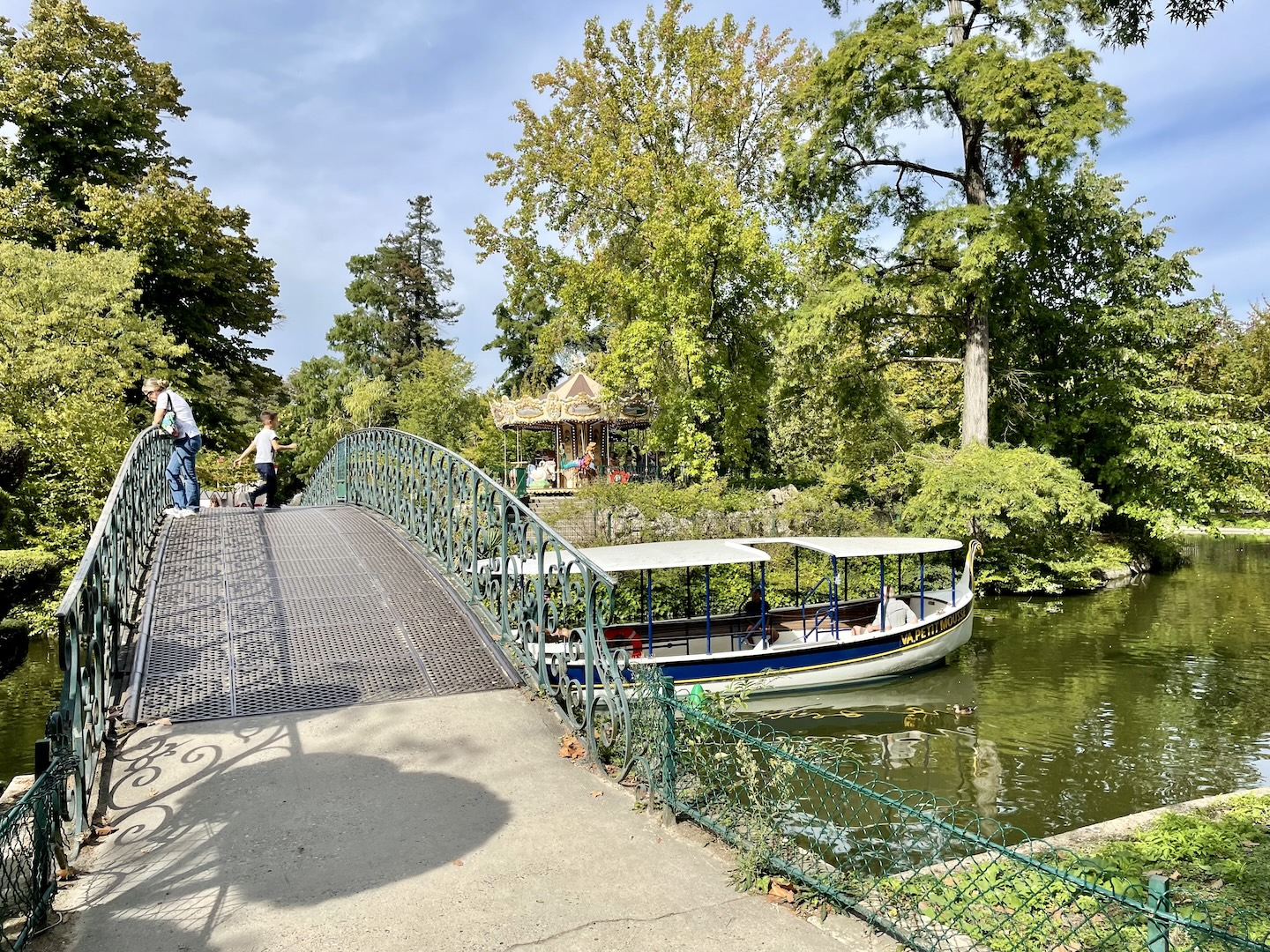
12. Experience the Garonne River by Land or Water
Walk or bike around the Garonne River, visiting both banks. Make sure to include the Pont de Pierre and or Pont Jacques Chaban Delmas Bridge (we did both) as one of the bridges you cross. In addition, you could opt for a boat ride or the ferry that stops at five places along the Bordeaux, including Cité du Vin.
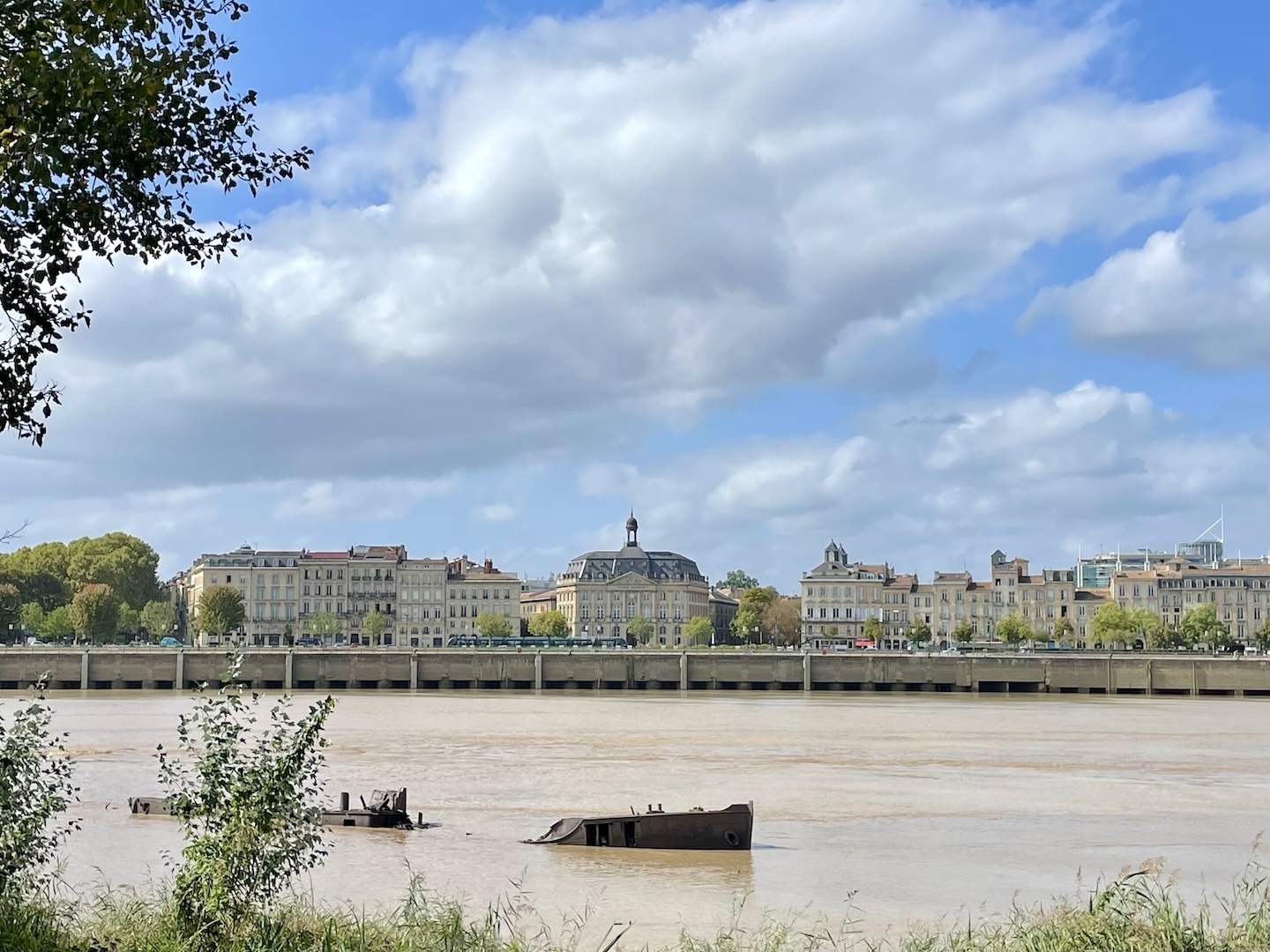
On the right bank in the Bastide district is Darwin, an eclectic repurposing of military barracks with restaurants, bars, a skate park, street art, and co-work spaces. We walked to Darwin one day after visiting Cité du Vin and Les Halles de Bacalan, crossing the modern Pont Jacques Chaban Delmas Bridge in that part of town.
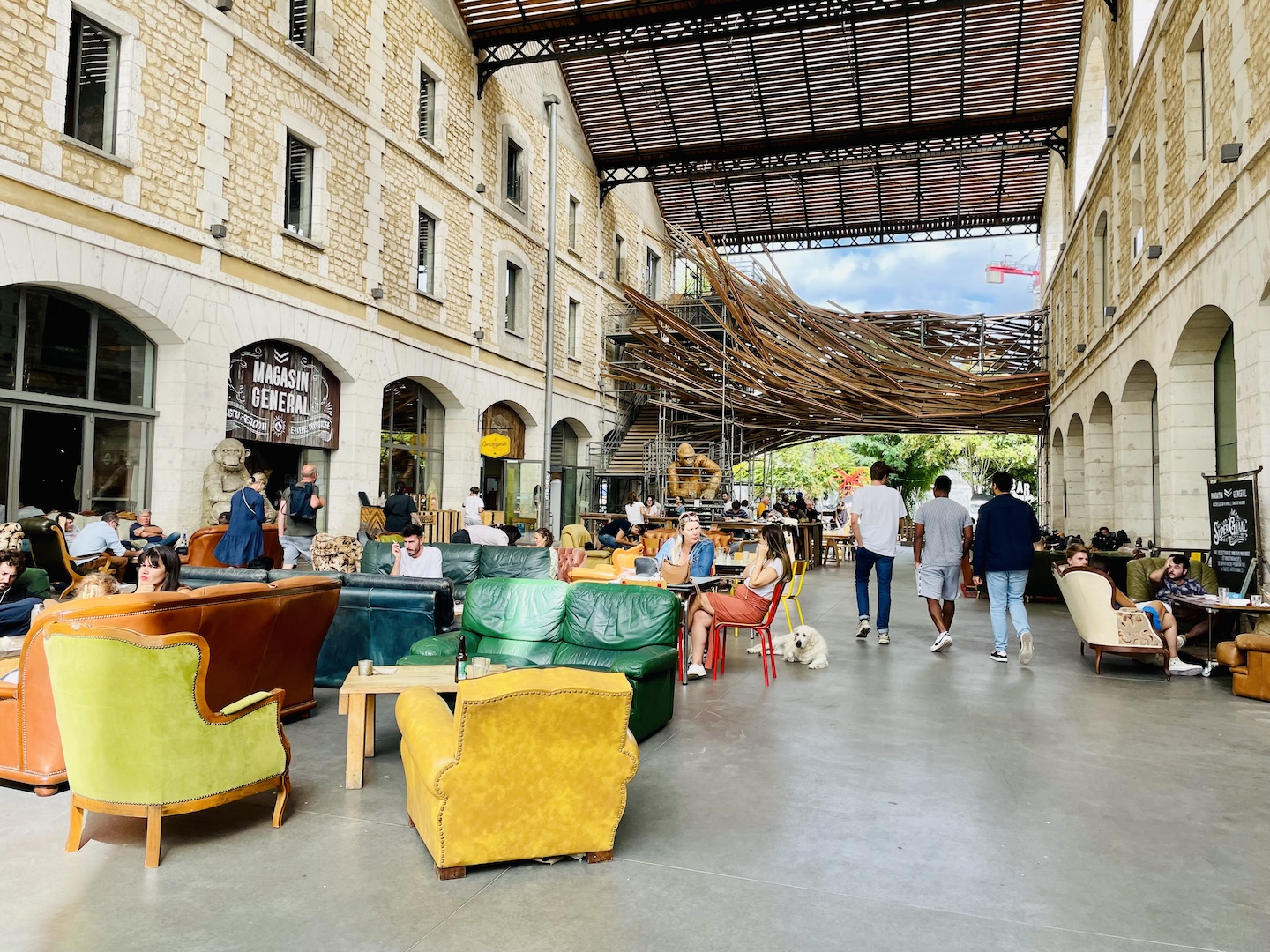
13. Make Your Own Bordeaux Discoveries
- Rue Saint Catherine, a 0.75 mile/1.2 km long pedestrian-only street with a variety of (some big name) shops
- Rue Notre Dame in the Chartrons district with antique shops and restaurants, as well as the Eglise Saint Louis (church), with twin spires that can be seen from most places in town
- Charming side streets
- Famed chocolate shops, like David Capy, Cadiot Badie (since 1826), and Saunion (since 1893)
- Tempting bakeries – Au Pétrin Moissagais on 72 Cours de la Martinique is the oldest bakery in Bordeaux
- Canelé, a small custard cake flavored with rum and vanilla in a caramelized exterior that is a Bordeaux specialty
- Wine bars
- Palais Gallien ruins, the remains of a Roman amphitheater (at 126 Rue du Dr Albert Barraud)
- More museums focusing on art and the city’s history and culture like the Musée d’Aquitaine, Museum de Bordeaux, CAPC Musée d’Art Contemporain, and the Musée de l’Histoire Maritime de Bordeaux. There’s more to Bordeaux’s museums than wine (mentioned earlier in this article)!
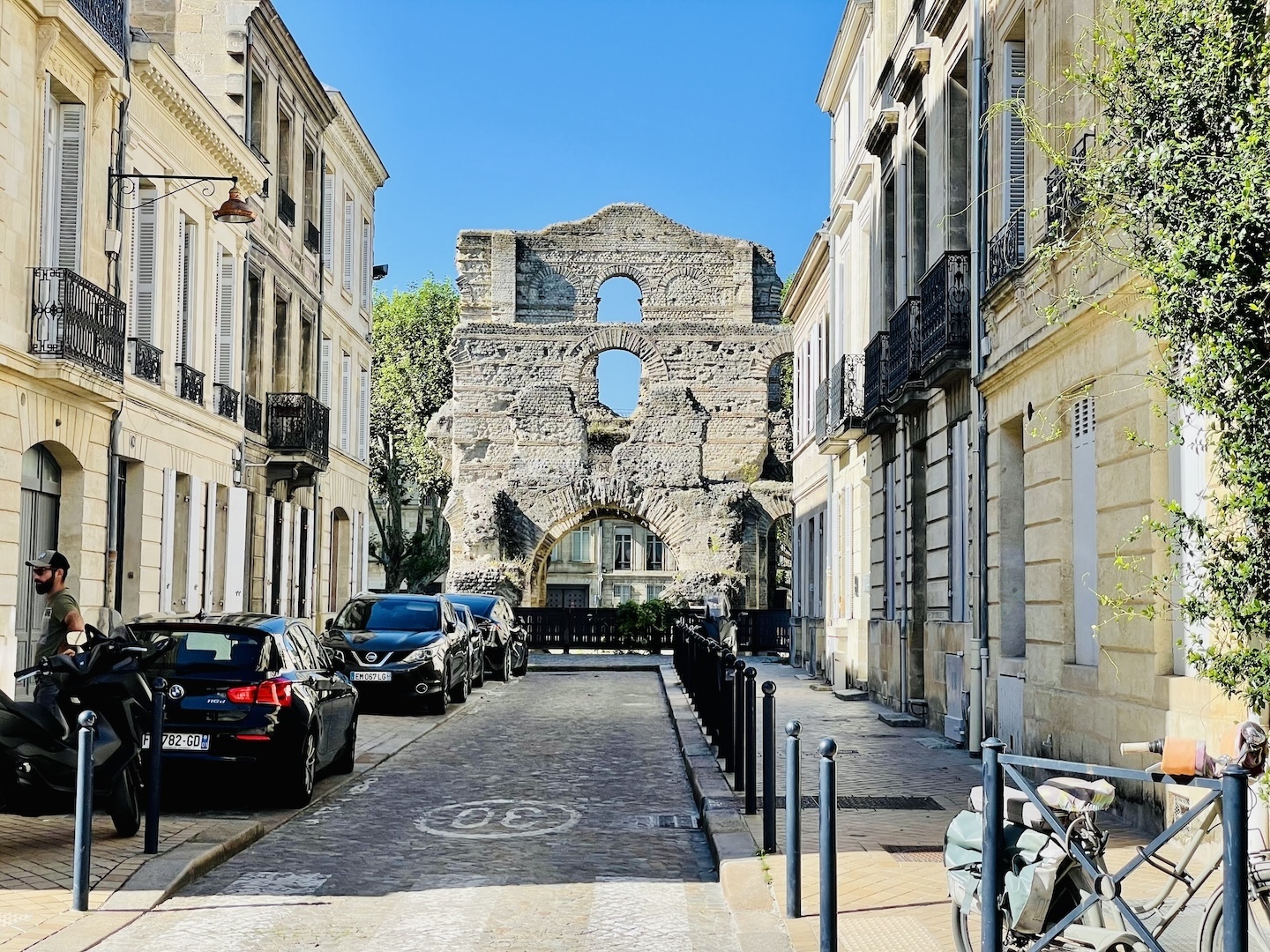
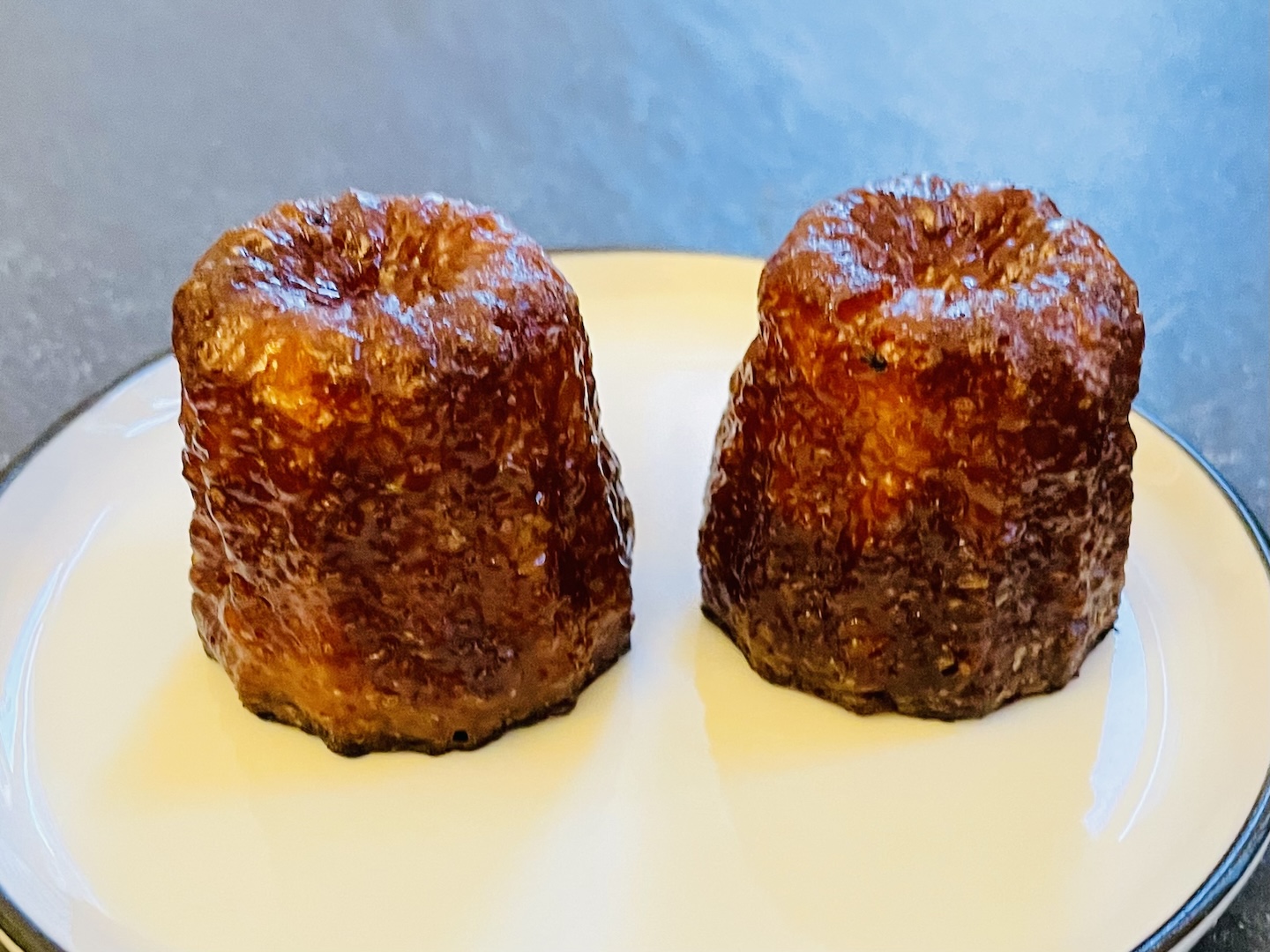
14. Explore the Surrounding Wine Regions
Bordeaux is famed for its rich wines from grapes grown in dozens of surrounding regions and sub-regions, including Medoc, Graves, Libournais, Bourg, and Blaye. Bordeaux wines are typically blended. For example, those used in reds are Cabernet Sauvignon, Merlot, Cabernet Franc, Malbec, and Petit Verdot.
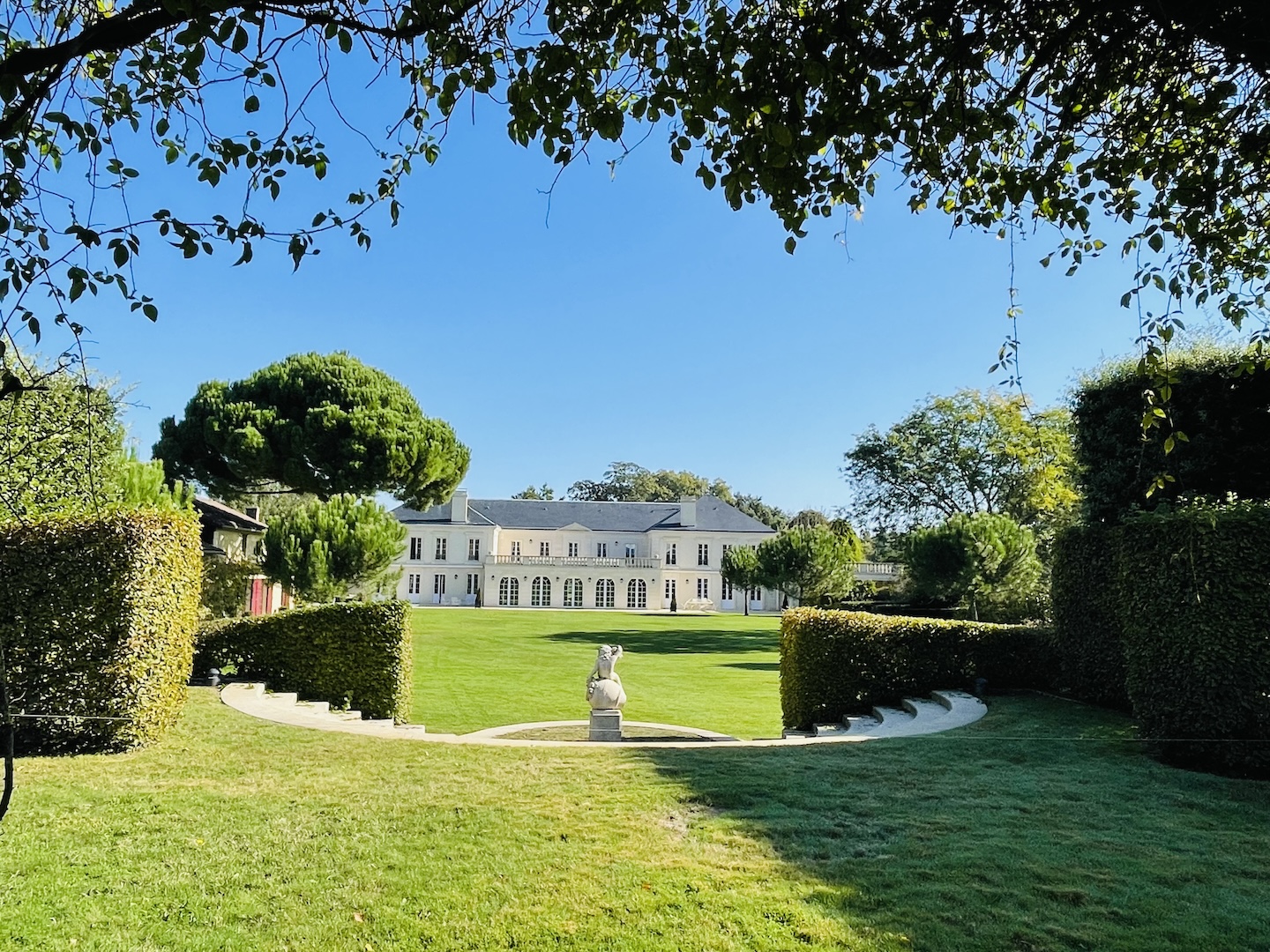
Tips for Visiting French Wineries
- Search online (e.g., TripAdvisor) for a guided tour of the regions that most interest you.
- Another option is to fashion your own itinerary, rent a car, and head to nearby wineries (many in classic châteaux) or drive about an hour to St. Emilion (for a day in the charming village and trips to nearby wineries).
- If visiting wineries on your own (not part of a guided tour), make online reservations before leaving home to ensure that you can visit the wineries on your list on the days you plan to be there. Unlike the U.S., most French wineries require advance reservations.
Getting to Bordeaux
An easy way to get to Bordeaux is to take the high-speed TGV train from Paris, arriving at the Gare St. Jean train station. In addition, there are trains from Nantes, Nice, Marseille, and Lyon. Another option is to take a flight to the Bordeaux–Mérignac Airport.
Map of Bordeaux
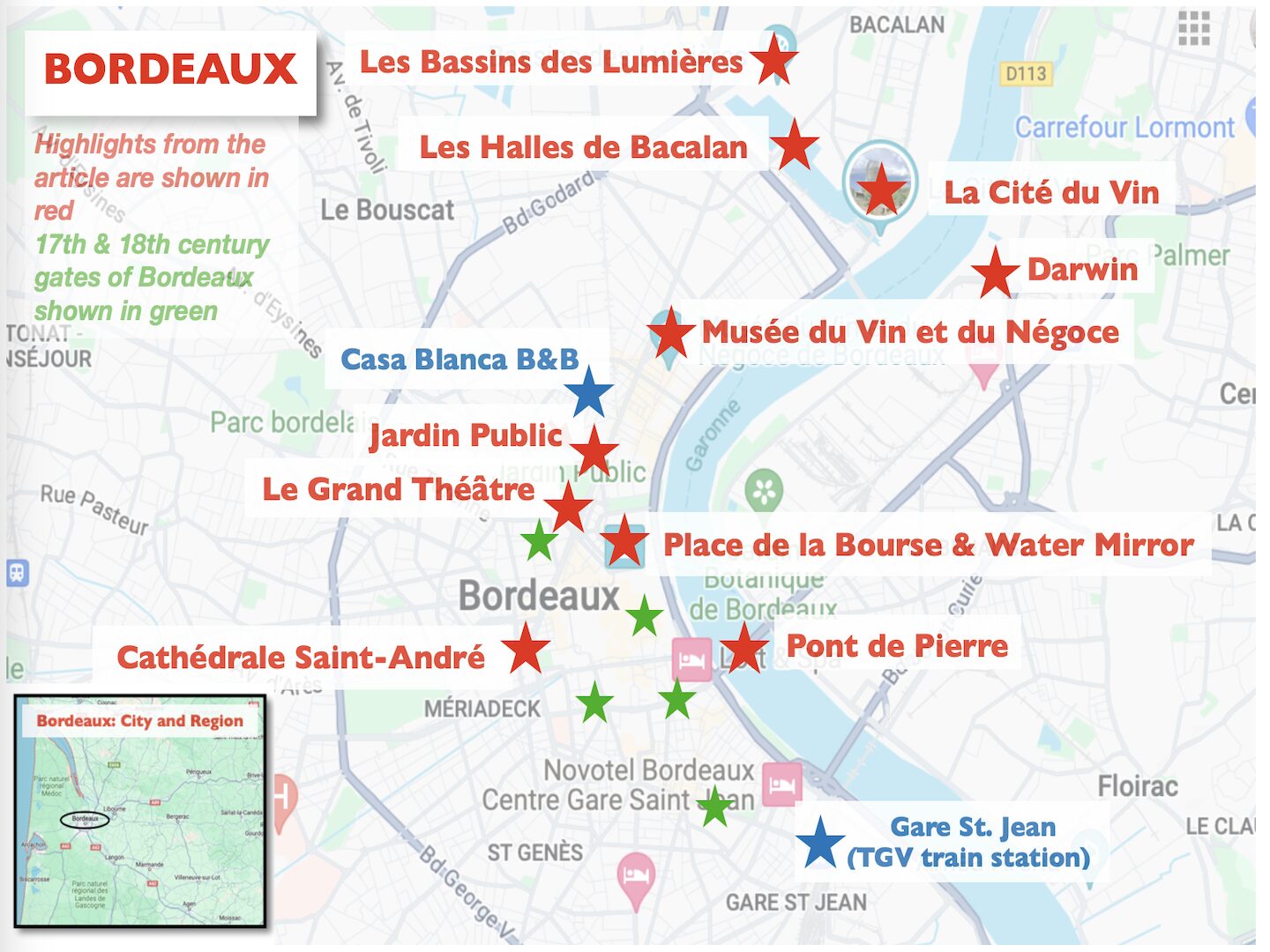
Tips for Visting Bordeaux
- The Bordeaux Tourism Office is open daily and located downtown near Le Grand Théâtre (opera house) at 12 Cr du 30 Juillet. Check it out online before your trip to inspire your stay. They sell the Bordeaux CityPass, which offers savings to area sites and unlimited access to the city tram, bus, and river shuttle for 24, 48, or 72-hour time periods. The tourism office also has information on accommodations, restaurants, and guided tours of the city and wineries.
- You can pick up a city map at the tourism office or your lodging—or download Google Maps (for offline use)—to easily find key sites while walking around town.
- There are many guided tours, lasting from a couple of hours to a full day. Pick what you want to do—tour the city, visit vineyards and nearby villages, spend a day at the beach, and more! Check with the Bordeaux Tourism Office or search online for a tour that interests you.
- Bordeaux is very walkable. If you choose a hotel or B&B in the historic center, you can walk to just about anywhere around town. We stayed at Casa Blanca B&B near the public garden; we enjoyed the hospitality, the location, and the guided tours that the B&B host provided of the town and wineries outside of town.
- Keep your eyes open for the trams that run along tracks embedded in the streets. They’re a popular way for tourists and locals to get around, but they can surprise you if you’re not paying attention!
- Check online for current days and hours of operation for the sites that interest you the most so you can easily plan your days in Bordeaux.
- Consider renting a car (available at the Gare St. Jean train station)to explore St. Emilion and other nearby wine regions for the day.
- Another idea is to spend a day at a beach: Arcachon and Blaye are two possibilities. If you don’t have a rental car, you can reach coastal towns from Bordeaux by train or bus.
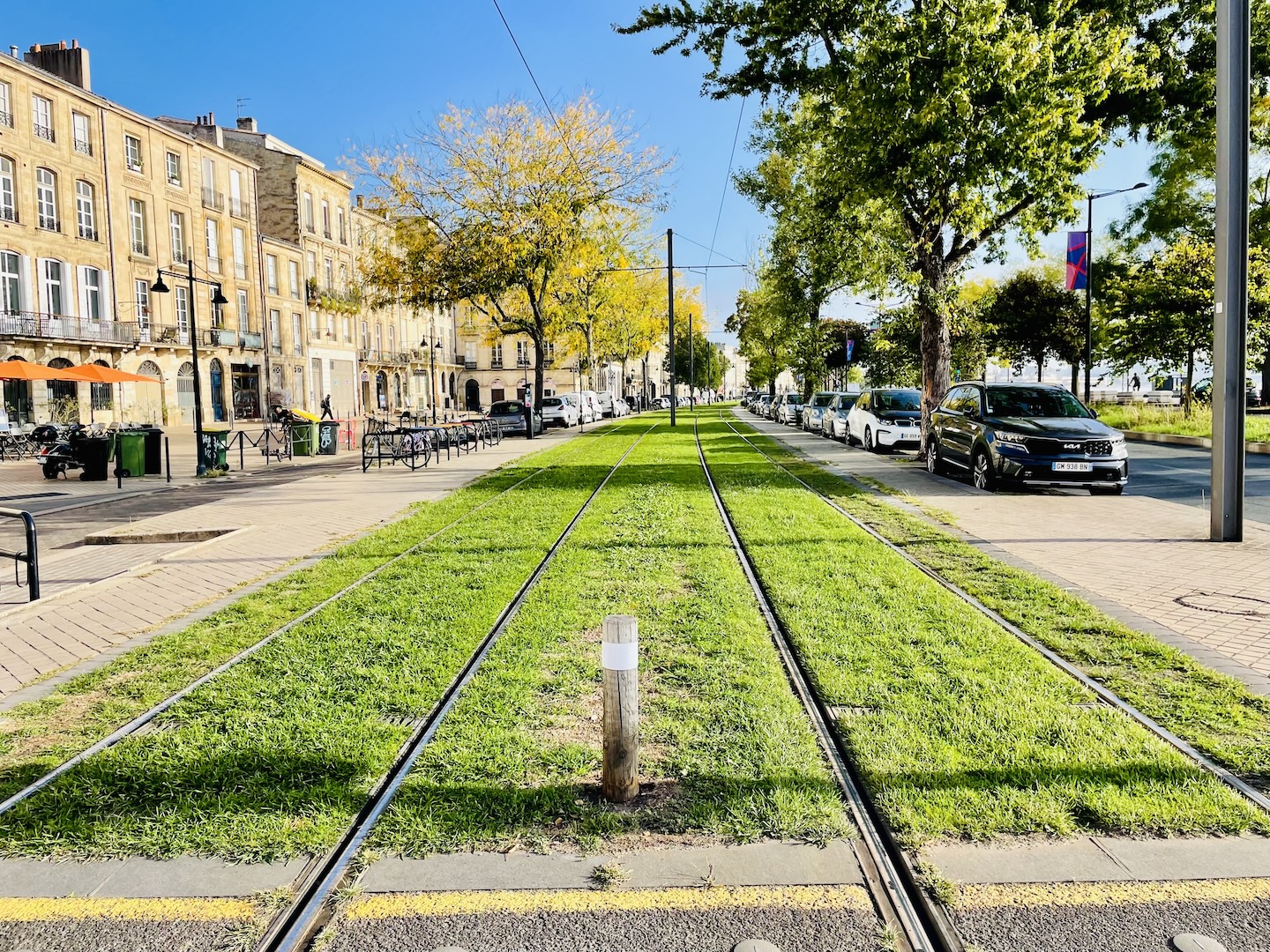
Related Articles
France
- Best Day Trips from Sarlat in Southwest France
- Exploring France: Normandy, Brittany, Provence, Paris & More
- French High-Speed Trains: Tips for Your First TGV Ride
- Saint-Émilion: An Enchanting Medieval Village in Southwest France
- Sarlat, France: A Marvelous Medieval Town to Explore
- Southwest France: Spend a Day Exploring Fascinating Châteaux & Gardens
- View Prehistoric Cave Art in Southwest France
Trip Planning
- Driving Tips for Europe
- Expert Tips for Traveling to Europe for More Fun, Less Stress
- Google Translate App: What You Need to Know
- How to Find the Perfect Short-Term Vacation Rental
- How to Plan a Great Trip
- Must-Have Travel Apps & Websites
- Tips for Renting a Car in Europe
- Travel Lightly: Top 10 Tips for Packing Lightly
- Travel Planning Timeline
Final Thoughts
My husband and I added Bordeaux to a recent trip to France, and we so enjoyed our time there. We spent a few days exploring museums, parks, churches, and sights on foot. After that, we spent a day in Saint-Émilion, plus a day on a guided tour of several wineries. Exploring Bordeaux was a treat — we had a relaxing time learning about the region’s history and its wine-making. The warm hospitality offered at our B&B and Bordeaux’s restaurants, wine bars, and everywhere else we ventured was much appreciated. It’s a delightful French city that should not be missed.
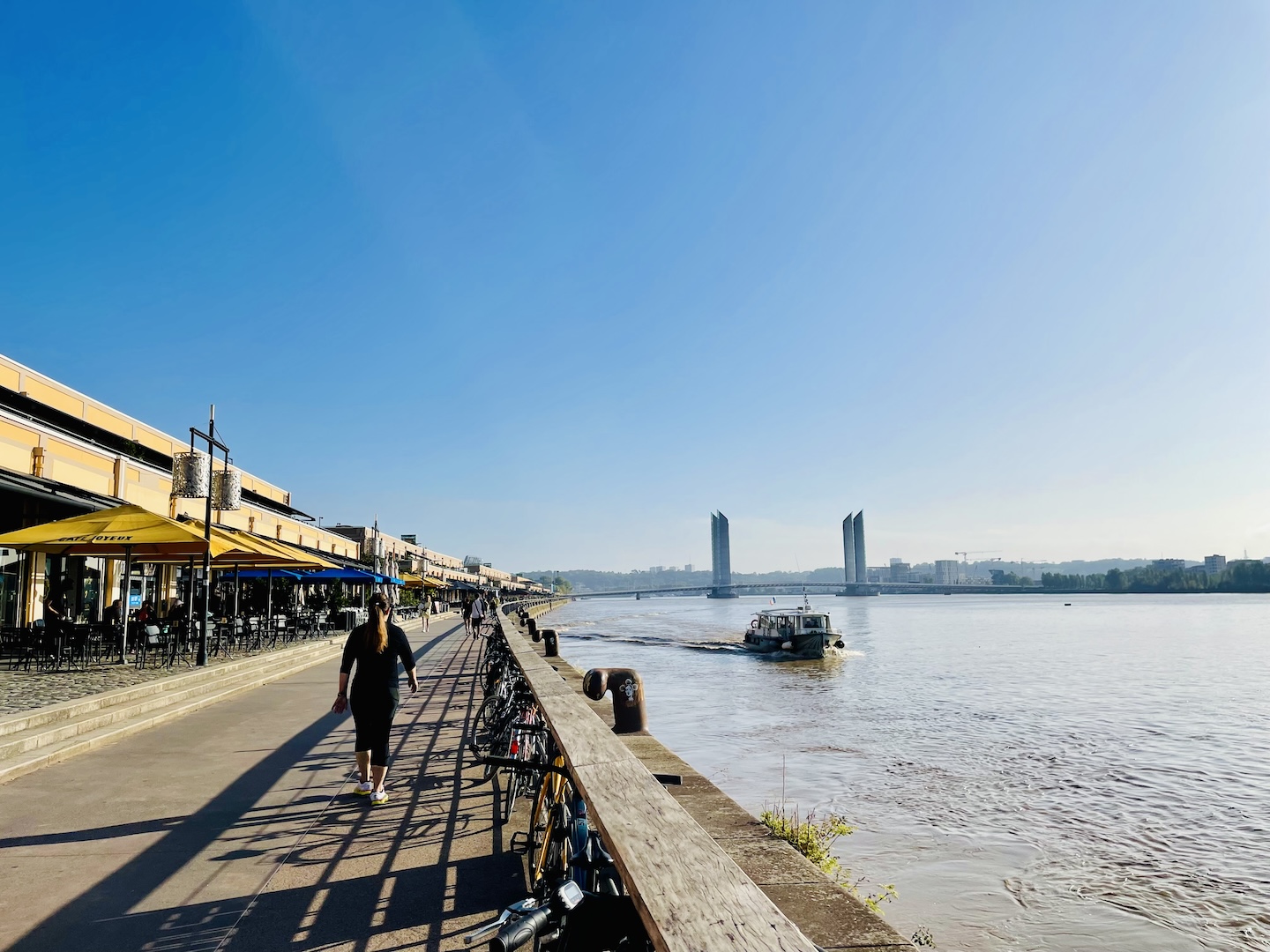
Comments?
Feel free to share your experiences visiting Bordeaux and/or suggestions for other places to visit and things to do in the area. Your ideas could be helpful to other travelers. Thanks! 🙂

